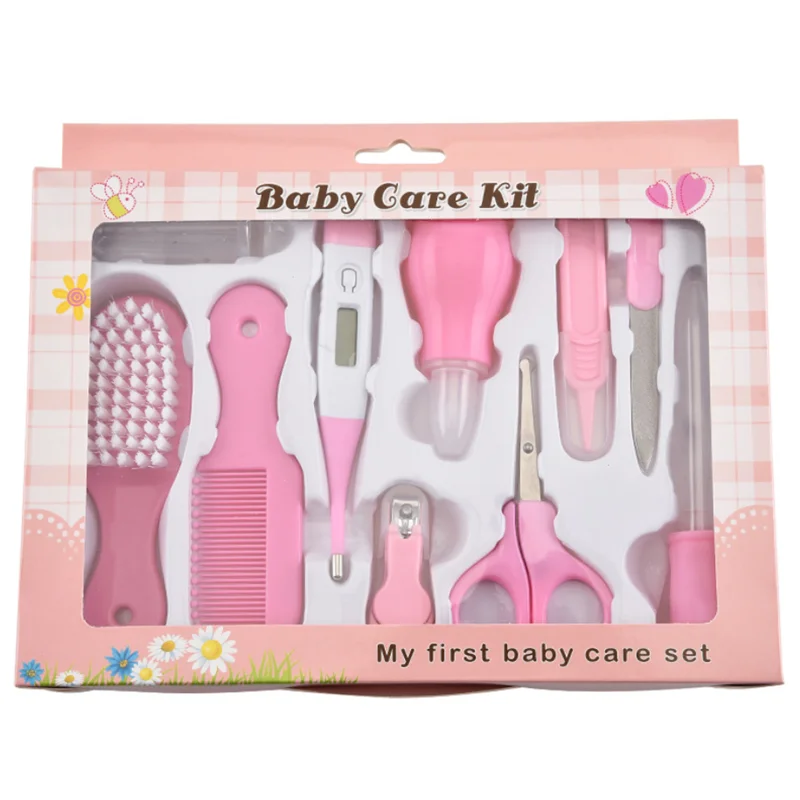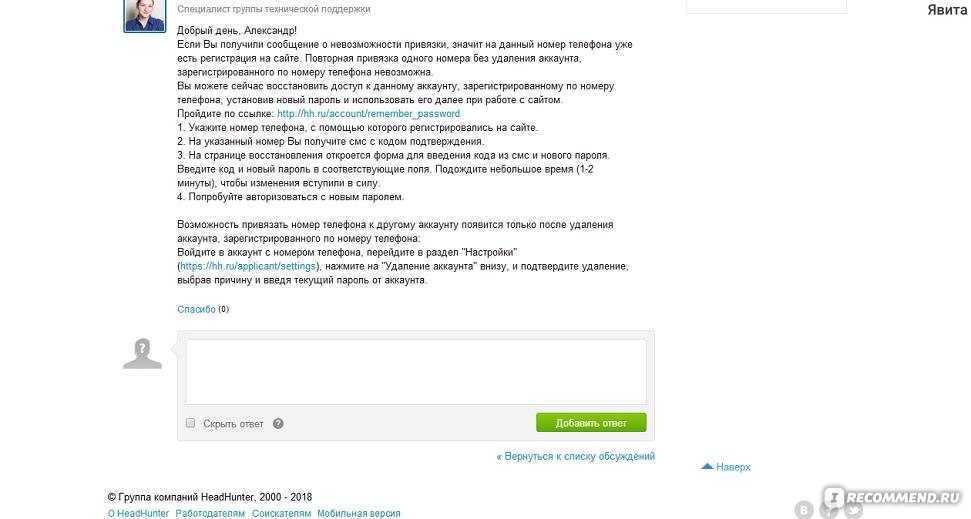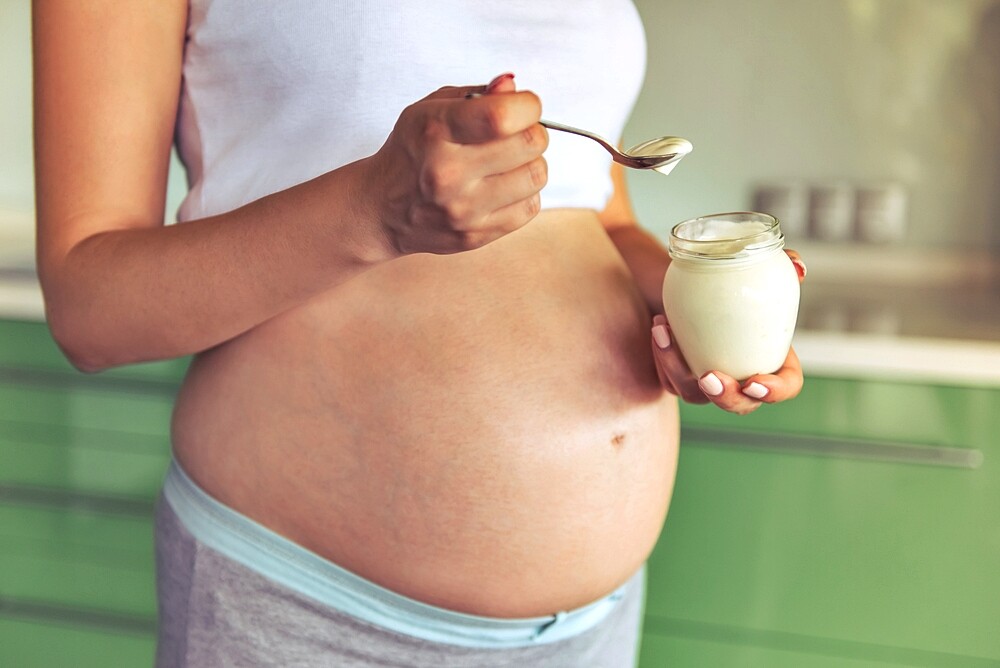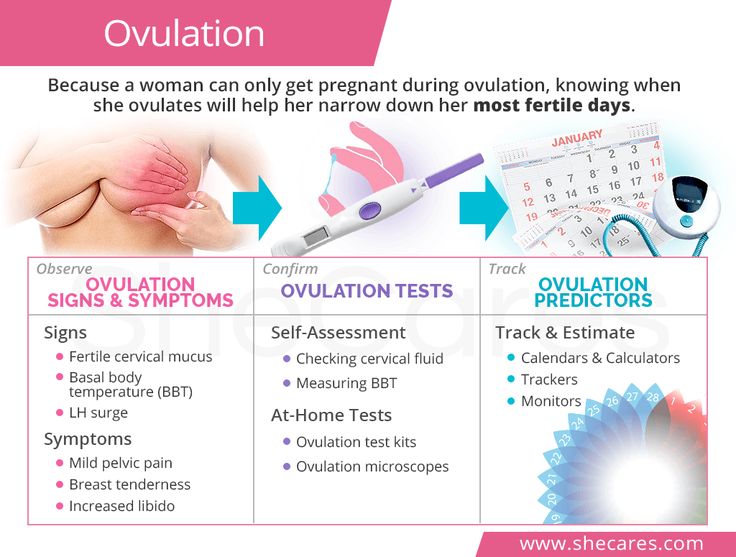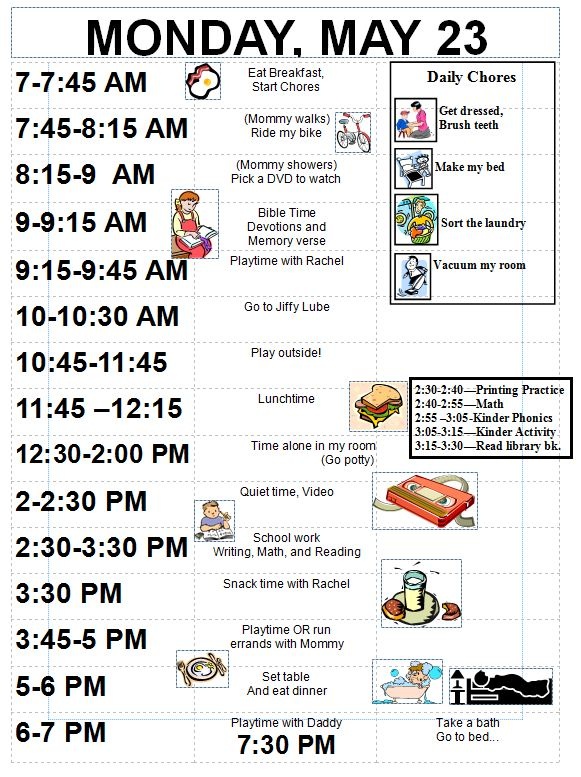When can a baby travel by plane
When is it safe to travel with a newborn by plane, car or train?
Not only is it safe to travel with most newborns, here’s some even better news: You and your family don’t have to give up on your travel dreams.
"People were telling us, ‘Your traveling days are over,’ and my husband and I were like, ‘No way!’” says Celine Brewer, who with her husband Dan created the highly popular and informative Baby Can Travel blog and Instagram site.
“So we made a promise while I was pregnant that if our baby was healthy we were going to do a trip as soon as we could.”
Their daughter was three months old when they took her from Canada to Barcelona. Since then, the Brewers have had one more baby and kept their promise to keep traveling with their kids, now five and three.
Here are three of the most popular ways to travel – car, train, and plane – and some of the best tips for safe travel with a newborn, from the Brewers and other family travel experts.
Photo by Margo Brodowicz on Unsplash
WHEN IS IT SAFE TO TRAVEL WITH A NEWBORN BABY BY PLANE?
In general, doctors recommend you wait to fly until your baby’s immune system is better developed. This could be as soon as one month for full-term infants, though most doctors recommend anywhere between three months and six months.
Premature babies or babies with heart or lung problems may have difficulty breathing because of the lower air pressure in an airplane cabin. If that’s your child, talk to your pediatrician before flying.
Airlines differ in their policies on infants flying. On Delta, a baby has to be more than one week old to travel. Younger infants can travel with a doctor’s permission. JetBlue lowers the standard to three days old.
United refuses to allow a baby younger than seven days old onboard under any circumstances. United also bans infants in incubators.
No matter what, if planning to travel with baby on board, always check with your pediatrician first.
Because of the difficulties inherent in booking flights for an entire family, including a newborn, it also makes sense to look into flight protection, in case flights are cancelled or delayed, or if flight issues cause you to miss a connection.
(And should you actually decide to cruise with a newborn, Berkshire Hathaway Travel Protection can cover that as well.)
Tips for flying with a newborn
Flying with a newborn can be challenging for everyone – parents, fellow travelers, and the baby. However, with a little advance prep everyone can get through it just fine. Here are some tips to ease the stress of flying with a baby.
Don’t forget the birth certificate and passport
A birth certificate can establish that an infant is young enough to fly on your lap – or old enough to fly, period.
When traveling outside the United States, babies need their own passport, just like every other family member.
However, a passport requires a birth certificate, and you probably won’t get a birth certificate the day your baby is born.
While you’re waiting for the birth certificate to be processed, fill out the passport application and take your baby’s passport photos.
These aren’t typical passport photos. You’ll want to put your baby on a white sheet and shoot from above.
Can you shoot an acceptable photo on your phone? Probably. The passport agency is often more lenient with infant photos.
As soon as you get the birth certificate, apply in person at the nearest office that accepts passport applications. If necessary, pay extra to expedite the application.
If you live near a passport agency, make an appointment there instead. It’s the fastest way to get a passport.
Make smart reservations
Book early and/or pay extra so you’re not stuck in middle seats.
Be aware of your baby’s routines, especially bedtimes and nap times, and look for flights when your baby is more apt to sleep.
Question bringing everything
When you pack, ask yourself if you have to bring along 1,500 diapers, a gross of wipes, or even such seeming essentials as a stroller or car seat.
“Don’t overpack,” Brewer emphasizes. “You’re going to have enough to deal with with your baby without having to worry about all your stuff. Have changing and diaper stuff at the top of your bag so it’s easy to grab, but don’t bring too much stuff.”
As for not bringing a car seat or stroller, the Brewers looked for locations where they could rent these items or leave them home. When they did, Celine Brewer says, “we were like, ‘Ah! This is amazing!’”
But don’t forget the go-tos
“You can basically get through with wipes, food, and diapers,” Brewer says, “but the other thing I would always bring is one of those really big, lightweight cotton swaddle blankets. We’d use it for everything – for a nursing cover, to lay on the ground, to put the baby on, and so much more.”
Bring the fuel
Newborns can easily get dehydrated when they’re in the dry atmosphere of an airplane cabin. You know what your child wants/needs, so make sure there’s plenty of it.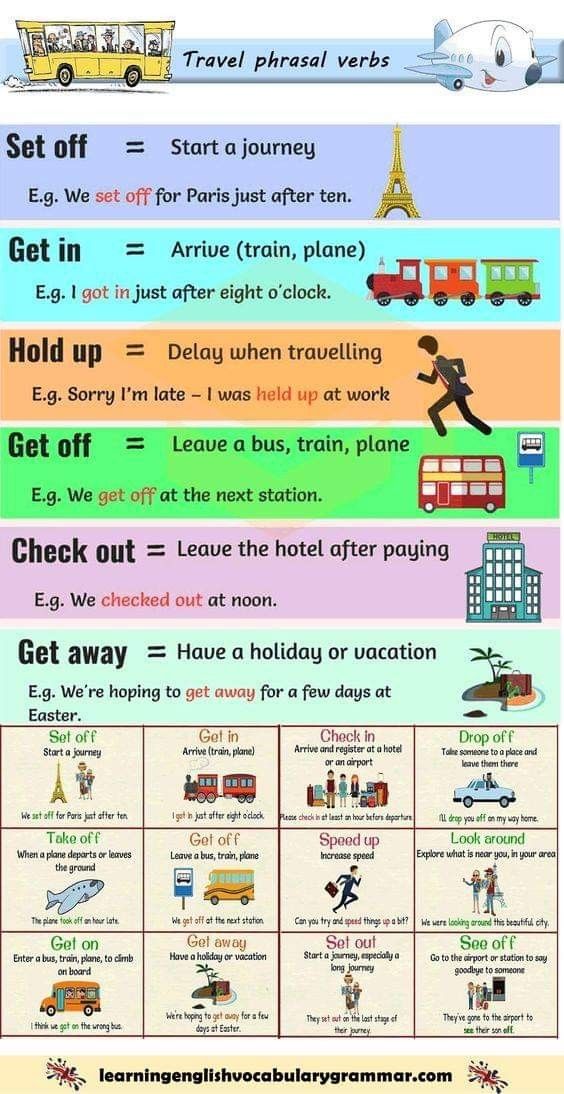
If you’re breastfeeding, staying hydrated is a must; if you’re pumping, pump extra and keep it on hand. Always be prepared for the worst-case scenario.
Expert tip: The TSA’s 3-1-1 rule doesn’t apply to formula, breast milk, and juice. Just make sure you have liquids in a baby bottle. Also, freeze packs, liquid or gel teethers, and baby food are allowed in your carry-on.
Board strategically
Take full advantage of the early-boarding invitation for passengers, but don't actually board your baby.
If you can spare the hands, send an adult on to prep the seats, stow the diaper bags, and arrange swaps if necessary. Then board your baby at the very end of the line to avoid the stampede.
Suck at takeoff
Babies do well with nursing or taking a bottle at takeoff, so the closer you can synchronize takeoff time and feeding time, the better. A pacifier is also an option for baby during takeoff.
Make friends with the flight attendants …
“… because guess who can help you along the way?” Brewer says.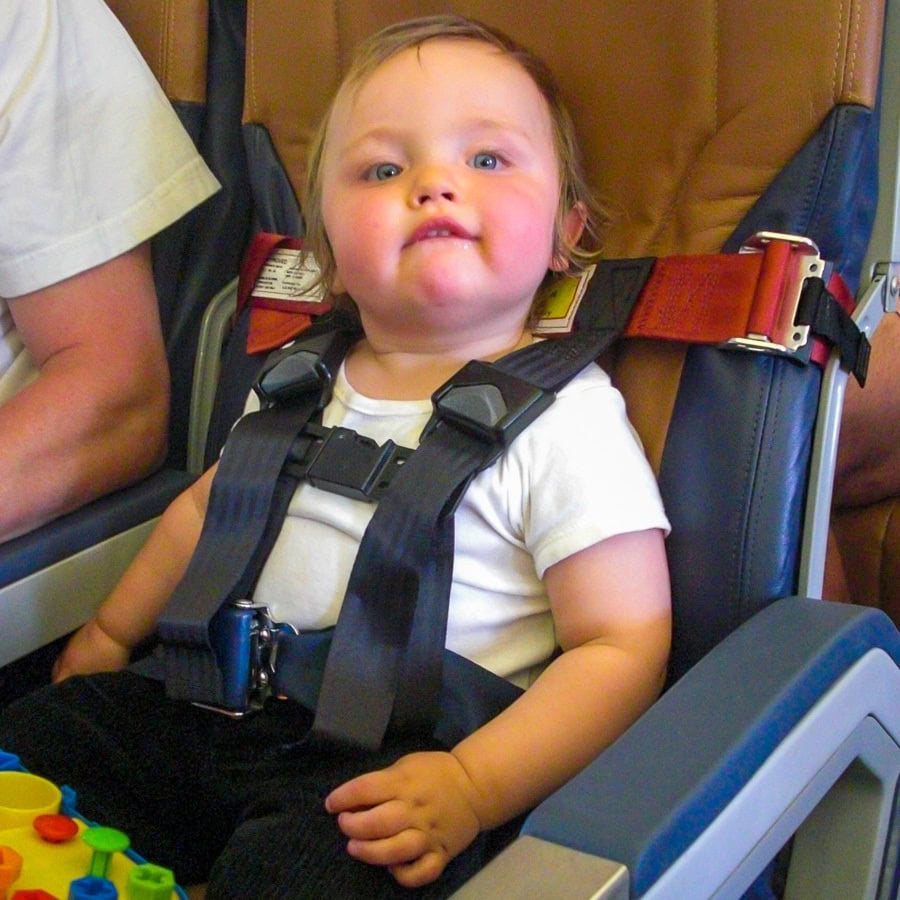 “I’ll even make friends with the people who are waiting at the gate. Get your baby smiling and happy, so all the people will go, ‘Aw – sweet thing!’”
“I’ll even make friends with the people who are waiting at the gate. Get your baby smiling and happy, so all the people will go, ‘Aw – sweet thing!’”
The more allies you can have on your side the better, in other words.
Let someone (or something) else handle your bags
Curbside check-in and/or a skycap will make luggage handling much less of a chore. Tip accordingly ($1/bag is standard).
If you’re bringing a stroller, buy an umbrella stroller you won't mind losing. If you're traveling with your child on your lap, call the airline ahead of time to confirm rules about strollers, car seats, and carry-on luggage.
You’ll quickly learn that strollers can double as luggage carriers. Check yours at the gate and grab it when you head to your next destination, and fill it with stuff along the way, if you’re not using it to tote Junior.
You may be pleasantly surprised by the baggage allotments provided to children flying in-lap, since a child is not counted as your own carry-on.
Keep lots of wipes on hand
Is there anything that baby wipes can’t do, other than actually change the diaper for you?
“Bring along wipes for a good cleanup if you’re in an airport or on an airplane – they’re some of the filthiest places you’ll find,” says award-winning travel advisor and blogger Cat Zuniga. In addition, baby wipes let you make a quick wipe-down on a messy baby.
Baby wipes also work on grownups, who sometimes feel like they could use a hose-down after an encounter with a baby’s diaper.
Apologize
“You can’t stop your baby from crying on a plane any more than you can at home,” Brewer says. “Babies and toddlers cry; that’s what they do. And sometimes we have to accept that people around us are going to be unhappy about that. But if you’re doing your best to soothe your baby, what more can people ask for?”
Not much more than a simple apology. When you sincerely apologize in these situations, you're more likely to get sympathetic nods instead of hostility.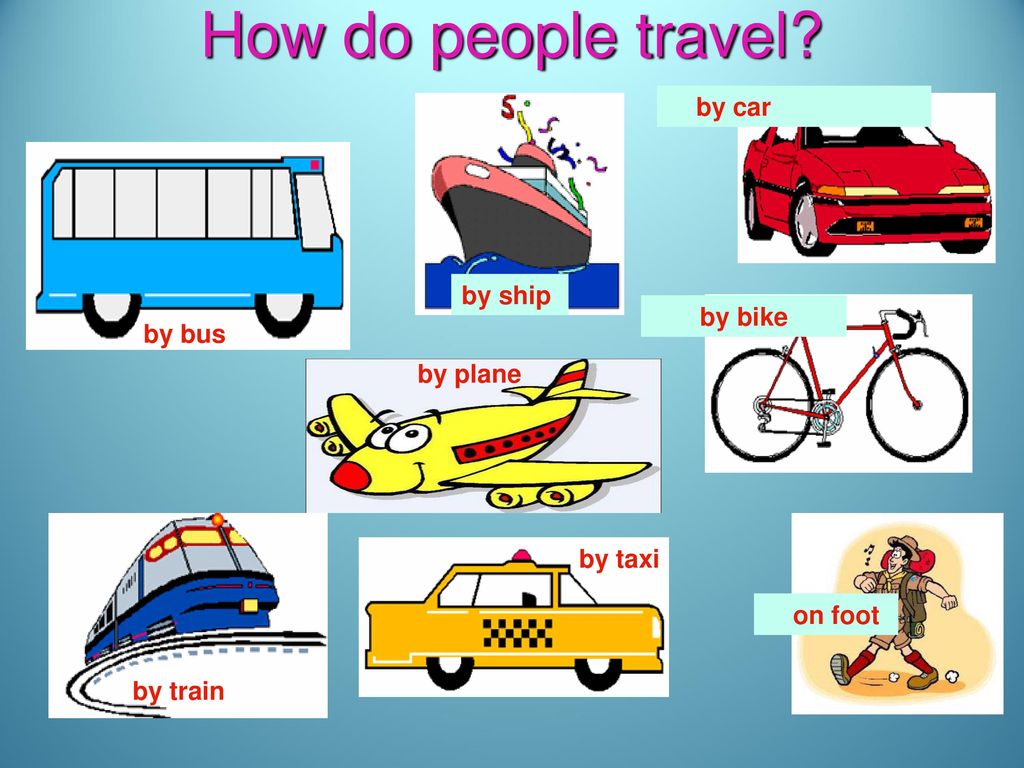
Photo by Jack Anstey on Unsplash
WHEN CAN A BABY SAFELY TRAVEL BY TRAIN?
What goes for flying with a baby applies to taking a newborn on a train. First and foremost, always check with your pediatrician.
HCA Healthcare notes, “The doctor may recommend that your baby avoids crowds if he or she is younger than three months old. This is because a newborn’s immune system is not fully developed yet, so colds and other infections are more likely to occur. Before you plan your baby’s first trip, it is a good idea to talk to the doctor to be sure that it is safe.”
Tips for train travel with a newborn
Wear your baby
Especially on a train, where walking-around time is a big part of the experience, a soft carrier (from brands like Ergo, Baby K’Tan, and LILLEBaby) is a must. You can move around more naturally and easily, and your baby loves it!
Your movement plus the train’s movement is a sure-fire sleep-inducer – one more reason why train travel is a great idea for the youngest travelers.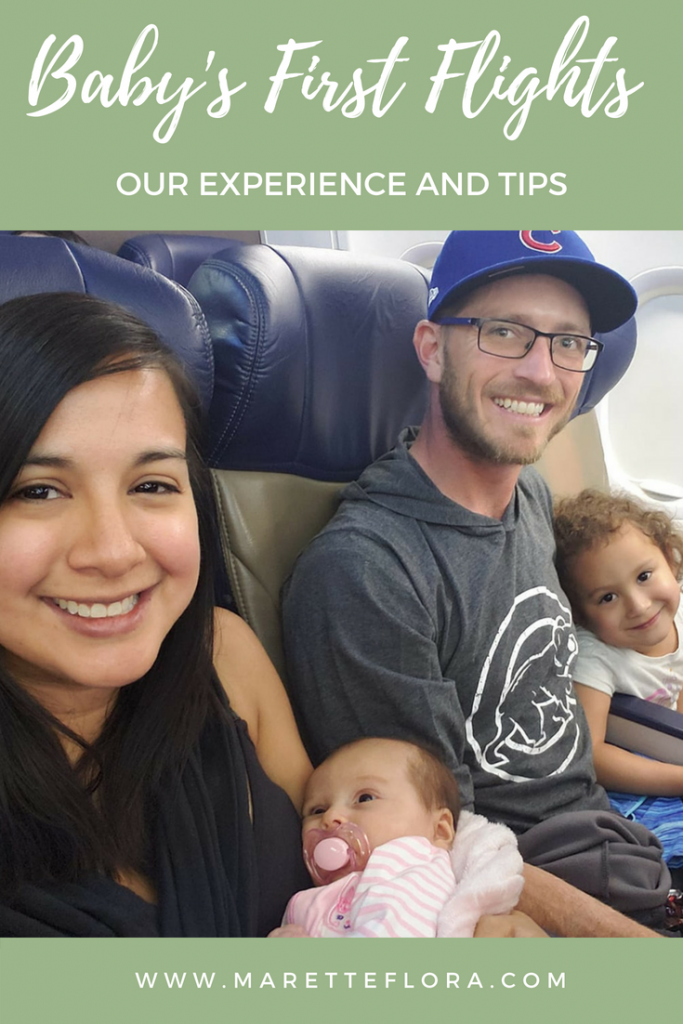
Some people don’t like the feel of a sling and prefer a harness that lets your baby face front. If you’re a first-time parent, try both before you buy.
Store your luggage – just don’t forget about it
One of the great things about a train is there’s plenty of room to store things like umbrella strollers and backpacks. One of the problems is there’s so many different places to store things that you could forget.
It may sound like overkill, but if you have items tucked away here and there on a train, take pictures and refer to them when it’s nearly time to deboard.
Research your train ahead of time
“Do your research in advance, because some train cars can be specifically designated as a family car, with things like changing tables in the bathroom,” Brewer says. “We took a train from Oslo to Bergen, and the family car had a play area in it. It was amazing!”
Lean on the staff
Long-haul trains are fully staffed with extremely helpful people.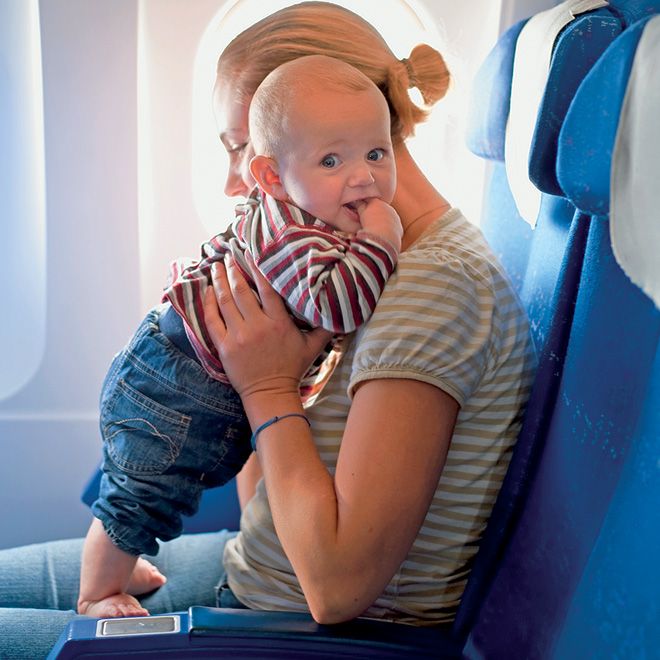 Let them remove some of the stress of train travel.
Let them remove some of the stress of train travel.
If you have formula or breastmilk that needs to be refrigerated, let them know as soon as you get on. Similarly, let them know if you need a bottle heated.
Redcaps are also invaluable when it comes to getting all your bags and seats and strollers on and off the train.
Finally, tips of a couple dollars here and there go a long ways toward ensuring that the staff will be at your beck and call.
Get on and off promptly
The most stressful part of train travel with a newborn is getting on and off the train.
Know where and when you’re getting off, and prepare early. Gather together all your items and be ready to jump off when the doors open.
If you’re traveling with a full load, enlist the staff’s help. Put one person in charge of baby and all her immediate needs, and another in charge of the collateral stuff.
After you’re out, take a quick inventory. If something’s missing, alert the conductor immediately.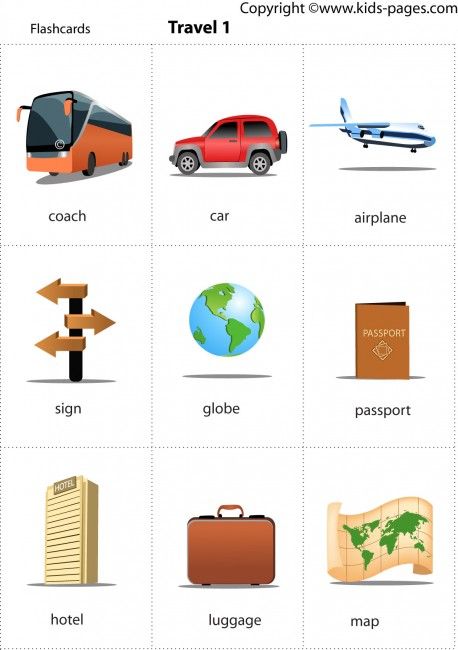 They have the power to hold the train until everyone – and everything – is off.
They have the power to hold the train until everyone – and everything – is off.
Photo by Dino Reichmuth on Unsplash
WHEN CAN A BABY SAFELY TRAVEL BY CAR?
Your newborn probably arrived home by car, so there are no real restrictions on road trips, other than the general reminder about immune-system development.
However, everyone will probably need a break every hour or so for feedings, changings, and cuddling.
Tips for driving with a newborn
Drive in comfort
If there’s such a thing as a sleep schedule, try to plan car travel to coincide with sleep time.
“We’d get up at 4 or 4:30, wake up our baby, put her in the car, and get a big chunk of our driving down first thing in the morning,” Brewer says. “She didn’t always go back to sleep, but she was always very quiet and content. Then we’d stop for lunch, and finish up the drive during her nap.”
Dress infants comfortably – loose clothing or pajamas, and blankets – and use removable window shades to keep off the sun.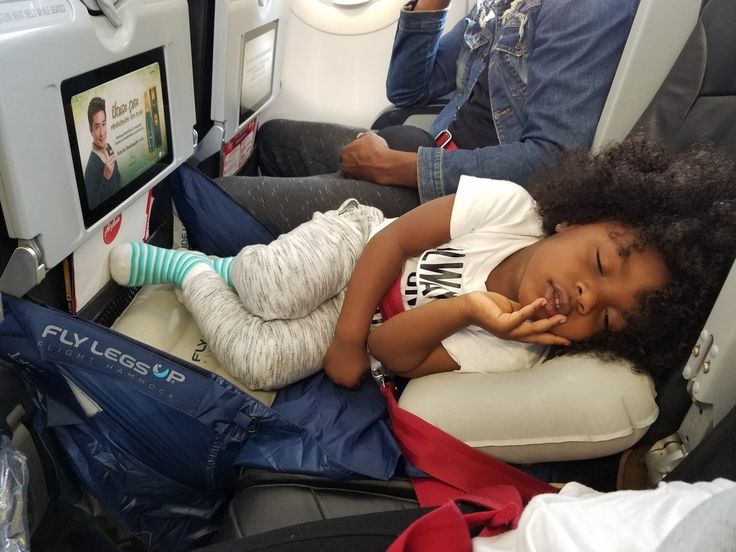
Keep in mind that ideal car-sleeping temperature is cooler than you might expect; adjust the climate control accordingly.
Take practice trips
To get an idea for what works for your little one when on the road, take several short day trips or weekend getaways in advance of a big trip.
Zuniga says these trial runs are important “because they’re going to tell you what supplies you should pack, how long your newborn can last in a car seat, and what’s going to drive you nuts.”
Pack sounds
Music should be plentiful and dependable. You can have a playlist on your phone with kids' favorites, but that can burn data and/or suck battery life.
If you’re driving and your car stereo supports it, load MP3s onto data CDs. That will get you 100 to 150 tracks per disc –more than enough for any road trip. You can gingerly retake control of the playlist once baby has nodded off.
If you need some white noise for bedtime, use RainyMood. com or download the RainyMood app.
com or download the RainyMood app.
GENERAL TIPS FOR TRAVELING WITH NEWBORNS
Be prepared to wash some clothes
A baby needs far fewer outfits than you, but they need to be clean. Also, the collateral damage from mega-blowouts should be dealt with promptly.
Doing baby laundry on the road is easy. If you’re staying in one place for more than several days, ask about laundry facilities; otherwise, pack some concentrated detergent and a clothesline and DIY.
Look into babysitter services and/or apps
There are very reputable sitter services in many major cities. Many are accessible through a site or app, like UrbanSitter, Care.com, and SitterCity.
In places where you have friends, you may want to ask them to connect you with a sitter. You can also ask your Airbnb host or the hotel concierge for recommendations.
Whatever you choose, make sure you’re comfortable with the process and the person watching your child. Remember: it’s your baby!
Remember: it’s your baby!
Photo by Steven Van Loy on Unsplash
Choose an easy destination
Select a relaxing destination that’s used to the very youngest travelers. Skipping the loud, crowded, overstimulating, touristy destinations will make things more bearable for everyone.
Consider a beach retreat or a resort with larger rooms or family suites, ideally one that offers infant care sufficient for you to have some alone time.
Eventually the crowded, overstimulated, plenty-of-activity kind of resorts will be just what the family needs. But for now, just keep it simple and make the adjustment period more enjoyable for everyone.
Simplify your schedule
If you limit yourself to one activity a day, you’ll find it much easier to make last-minute adjustments.
Also, “end your day early, so everyone has time to unwind,” Zuniga says. “Even when you’re on vacation, you have to catch up on rest whenever and wherever you can!”
Similarly, if an activity or meal is a fail, don’t try to push through it. Go back to your lodgings and give something else a shot later on.
Go back to your lodgings and give something else a shot later on.
Take care of yourself
You’ll have more energy and stamina – and enjoy the trip more – if you take care of yourself when you travel.
Resist loading up on sugary snacks, and falling into “I’m on vacation so I’ll eat anything I want” mode. Reenergize with exercise; for instance, do some easy foot lifts while you’re seated.
Take turns
Make an agreement with your significant other to give each other vacation days during the vacation, where one will watch the kids while the other does something fun.
Trust yourself
“Babies can really feed off your energy,” Brewer says. “But as a parent you know the best ways to calm and soothe your baby. You just have to trust yourself.”
If you feel the situation getting out of hand, close your eyes and take a few deep breaths. You’ve got this.
Chill
If you haven’t already figured it out, so often the best advice is to relax and stay flexible.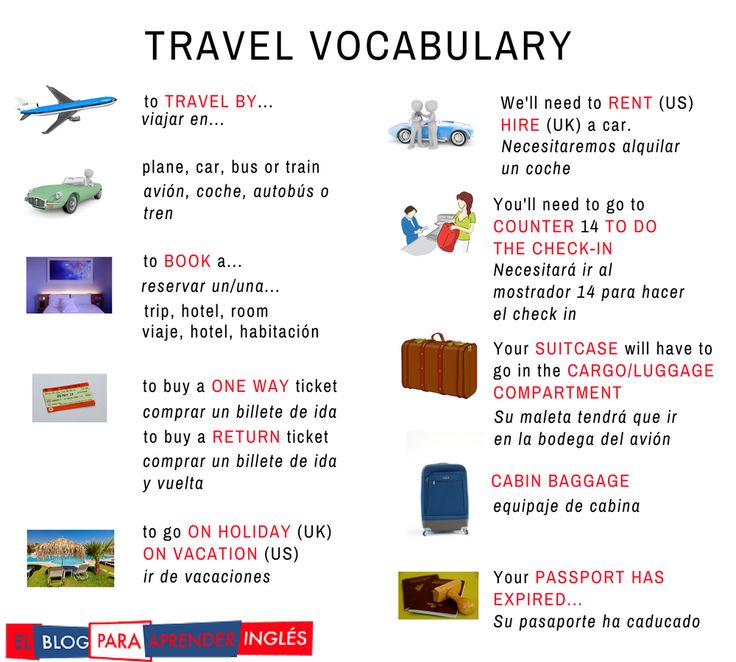
“We’ve had some bad trips where we were up at night with a screaming baby in a hotel, and you know what? We just changed our style,” Brewer says. “We slowed down, we experimented, we talked about what worked and what didn’t, we went back to our Airbnb for naps, and it was wonderful.
“Just don’t give up.”
THE REWARDS OF TRAVELING WITH A NEWBORN
Ultimately, traveling with an infant lets you view the journey from a new perspective, to align yourself to a less frantic pace.
Plus, as Brewer says, “When you do it young, it helps build your confidence as a parent. You know if you can handle all that baby stuff when you’re traveling, it doesn’t seem like such a big hill to climb when all of a sudden they’re teenagers and you want to take them on a trip.”
“You’ll never regret it,” Brewer concludes – and the knowledge that you can travel safely with a newborn makes it that much more rewarding.
When Are Babies Old Enough to Fly on Planes? (Rules for Flying with Baby)
How old should my infant be before I take him on an airplane? I am due in November and would like to visit family for the holidays.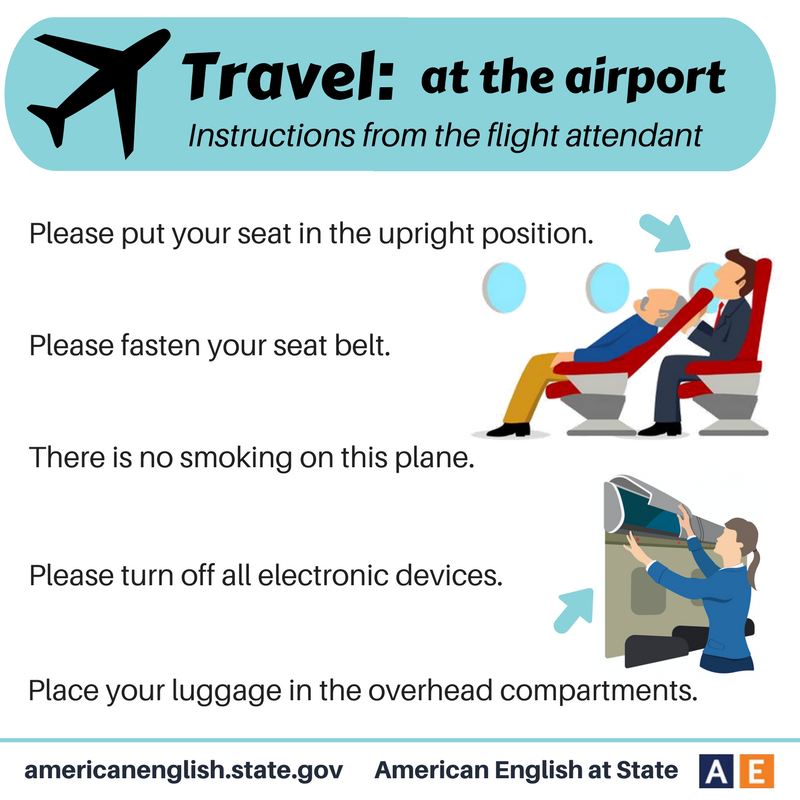
Assuming that both mother and baby are healthy, you can travel when your infant is two weeks of age. In some cases, you can fly even sooner than that, but I would recommend holding off if it's not absolutely necessary.
When you have a newborn and have the itch to travel, you may be wondering when the right time is to bring them on board. There can be all types of concerns from feedings to exposing babies to potential illnesses. Parents these days have even more concerns about air travel with babies since the coronavirus began.
We're going to take a look at some common concerns many new parents have when deciding when their newborn should become a first-time flier as well as some helpful travel tips.
Rules for Traveling with Newborns on Planes
The TSA does not have a standard rule for when newborns can fly on planes. While it is under the parent's discretion, airline policies vary for how old babies have to be. Many require babies to be at least one week old unless there is a note from the pediatrician. Many pediatricians will not recommend air travel for babies until they are 3-6 months old.
Many pediatricians will not recommend air travel for babies until they are 3-6 months old.
Babies are allowed to sit on a parent's lap and do not require their own airplane seat under two years of age. Some airline policies do charge a fee for international travel even when a seat is not purchased for a baby. It's best to check with your carrier for specific rules.
Some parents choose to buy their baby their own seat, especially for long flights. This allows for the baby to be in an FAA-approved car seat or airplane harness device installed with the airplane's seat belt. Booster seats cannot be used on airplanes.
For international flights, plan on having a passport for your infant. The TSA does not require identification for children under two for domestic flights. But it is a good idea to bring your baby's birth certificate just in case there are any questions about age or identification.
Illness and Air Travel with Babies
First, you are exposing the baby to possible infections on a crowded airplane. Colds and the flu are transmitted easily in a closed airplane cabin with recirculated air, and those viruses are much more dangerous to a baby at a week or two of age than one who is four or six months old.
Colds and the flu are transmitted easily in a closed airplane cabin with recirculated air, and those viruses are much more dangerous to a baby at a week or two of age than one who is four or six months old.
Breastfeeding transfers many protective antibodies to a baby, however, and may help make her less susceptible to infections.
If your baby is showing any signs of illness, you should avoid any air travel until their immune system gets stronger. You'll also want to make sure your baby is up to date on their vaccinations before traveling internationally. You can check the requirements and ask your pediatricians.
COVID-19 and Flying with Your Baby
With the introduction of vaccines for COVID-19, family travel is making a comeback for many, even those with newborns. But some parents are still concerned about whether it's safe to fly with a new baby.
The decision is going to depend on your comfort level. As of this writing, COVID vaccines for babies have not been approved which makes some parents afraid to travel with a new baby.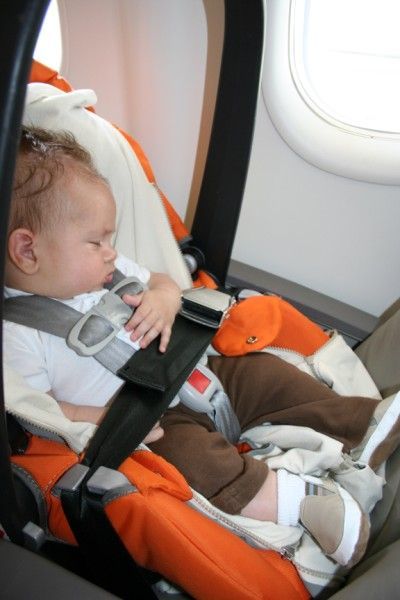
If you must fly with a baby, the American Academy of Pediatrics recommends looking for direct flights that will limit the need to walk through busy airports and change planes. Also, look for destinations that have a shorter flight. You'll also want to bring along plenty of disinfectant wipes to clean any high-touch areas. We all know babies love to touch things and put their hands in their mouths.
Despite taking cleaning precautions and aiming for shorter flights, if flying with a baby during the pandemic doesn't make you totally comfortable, opt for a trip that can be taken by car. This way you're not sharing space with strangers and have more control over the situation.
Managing Your Baby's Crying and Schedule While Flying
Babies are notoriously unpredictable in the first few weeks, with irregular sleeping, feeding, and crying times. While this can certainly be managed, it may be very draining to mom and dad to travel before a baby has "settled." Some babies do this by two weeks, others not until three months.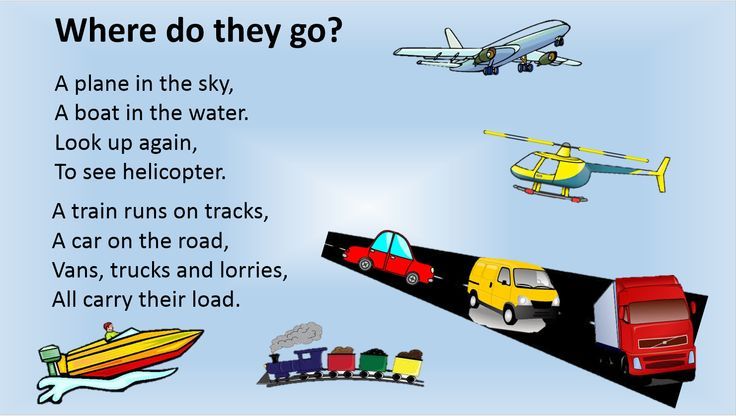 You're going to have to be the judge of when you think your baby has settled.
You're going to have to be the judge of when you think your baby has settled.
Even when your baby seems to be in a routine, getting on a plane can bring out the worst in them. We've all heard stories about airline passengers yelling at crying babies. While you can't control when your baby is going to have an outburst or start crying, you can make sure they have plenty of food and something to soothe them. Pacifiers or a "lovey" never hurt and can help little ones get some needed Zen while on a plane. Be sure to pack more than one pacifier in your diaper bag and have some options when it comes to toys and soothers. Babies can get bored quickly, so anything "new" can help.
Mom's Well-Being While Flying
Mom should be healthy and recovered from the delivery before attempting family travel with a newborn. Women are at greater risk of problems, such as blood clots in the legs after delivering a baby. Sitting for a long period on an airplane only increases this possibility. If you travel that early, you should wear support hose, drink plenty of fluids and get up frequently during the flight to walk and stretch.
If you travel that early, you should wear support hose, drink plenty of fluids and get up frequently during the flight to walk and stretch.
Birth Complications and Flying with a Newborn
If there were any problems or complications with the delivery, then airplane travel should be avoided until the pediatrician approves. Premature babies, and babies who had respiratory or feeding problems in the first week, fall into this category.
Safety Tips for Newborns
Whenever you decide to fly with your newborn, you want to keep some safety tips in mind. Changing cabin pressure during a flight can hurt your baby's ears when there is pressure in the middle ear. To ease the pain, you can offer your baby a bottle or pacifier to suck on during takeoff and descent. This will help to equalize the pressure.
Besides air pressure, you also want to consider cabin noise. It may be loud, especially during takeoff. Cotton balls or small earplugs can help to limit your baby's exposure to the noise and help them sleep better.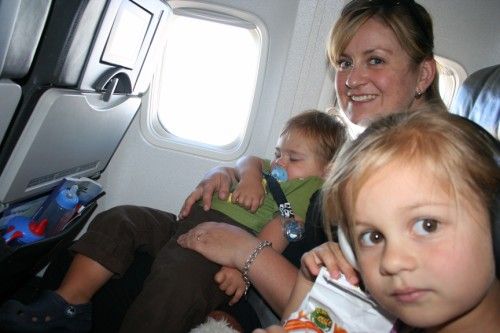
As we mentioned above, you're not required to purchase a seat for your baby, but it's often recommended so that they can be secured rather than on your lap. A child is best protected when properly restrained in a car seat that has a label stating that it has been approved by the Federal Aviation Administration. Although you can't use booster seats on the plane, they can be checked as luggage, usually without baggage fees.
Checklist for Traveling with Babies
Once you decide your baby is ready to fly, there are several things you're going to want to bring along to make the trip more enjoyable for everyone. We’ve assembled this helpful travel checklist for babies and toddlers.
- Change of clothes: We all know babies are not the neatest little people. Having a change of clothes or two or three will make life easier when those spills and messes happen.
- Bibs and Blankets: You want to have a few bibs and blankets on hand for the flight.
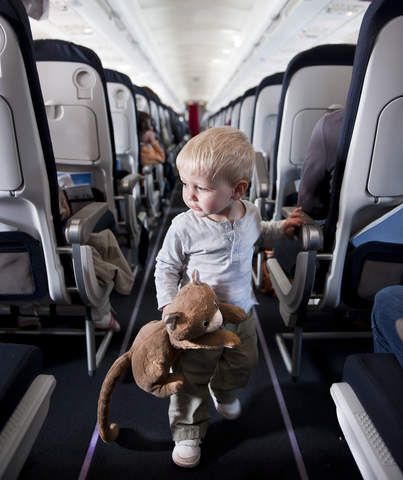 You can put the blanket over your baby when they're on your lap and use the bibs for feeding time.
You can put the blanket over your baby when they're on your lap and use the bibs for feeding time. - Stroller: Having a stroller can make toting your baby around the airport easier. Some parents also use baby carriers. But a stroller can be checked at the gate, making life easier.
- Baby Food: Be sure to have enough formula or breast milk for your baby. You can breastfeed on the plane, but if bottle-feeding is going to be easier, you want to bring enough. Breast milk is not subject to the TSA rule on liquids. Quantities greater than 3.4 ounces or 100 milliliters are allowed in carry-on baggage and don't need to fit in a quart-sized bag. The same goes for formula.
- Toys and Pacifiers: While you won't need tons of toys with a newborn, you still want to bring something to keep them occupied. As we mentioned above, pacifiers are also a good idea, especially if you need to soothe your baby during a crying fit.
- Plenty of Diapers: You don't want to run out of diapers in the middle of the ocean! Be sure to pack more than you'll ever need.
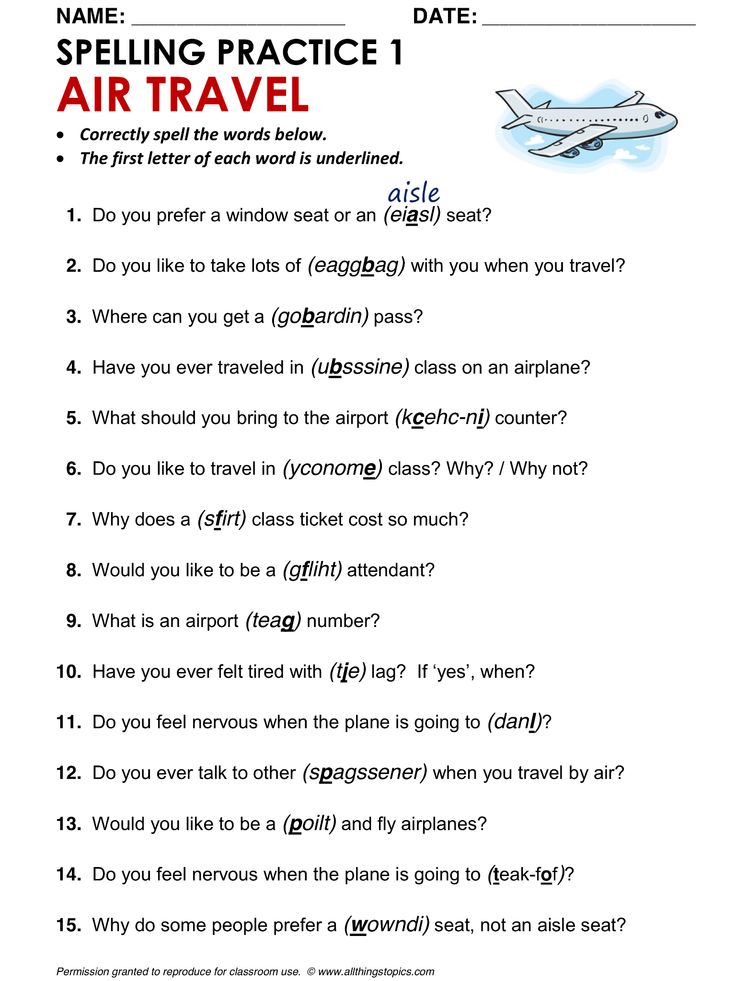 You also want to have enough for your trip, especially if you're going to another country where the brands and varieties are going to be different. Using different diapers can irritate your baby's skin and that is going to put a damper on your trip. Store extra diapers in your suitcase but be sure to have enough for the flight. Also, bring a changing pad because changing your baby in an airplane bathroom can be anything but fun. If you have a foldable changing pad with you, you can put it on your lap or have a traveling partner help out too. This makes mid-air diaper changes a little easier.
You also want to have enough for your trip, especially if you're going to another country where the brands and varieties are going to be different. Using different diapers can irritate your baby's skin and that is going to put a damper on your trip. Store extra diapers in your suitcase but be sure to have enough for the flight. Also, bring a changing pad because changing your baby in an airplane bathroom can be anything but fun. If you have a foldable changing pad with you, you can put it on your lap or have a traveling partner help out too. This makes mid-air diaper changes a little easier. - Wipes: Besides antibacterial wipes to clean surfaces, you'll also want to have baby wipes with you. This is not only for diaper changes, but also to clean your baby's hands while flying.
- Car Seat: If you're not using a car seat on the plane, be sure to check one to use when you arrive. You want your baby to be safe when you're getting around at your destination.
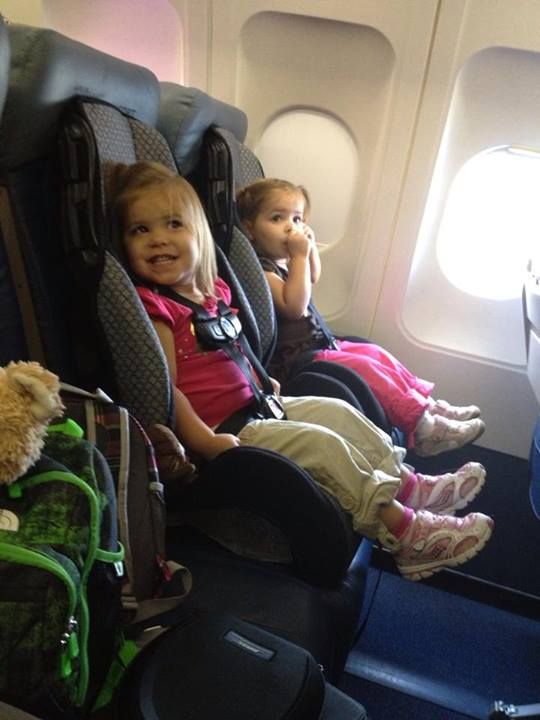
- Infant Acetaminophen or Ibuprofen: You never know if your baby is going to get sick when you're traveling. Your destination may not have this medicine and you don't want to be left searching for it. You should also bring a baby thermometer with you in case your baby spikes a fever anytime you're traveling.
The Bottom Line
Obviously, there are many factors to consider when making plans to travel with a newborn. A one- or two-hour flight is less problematic than a six- or seven-hour, transcontinental or transoceanic flight. It's often recommended that the baby has her first visit with the pediatrician before traveling.
And if you need to travel while you're still pregnant, check out our tips on traveling during pregnancy.
Flying with a baby: everything you need to know
July 04, 2019, 21:00
Air travel is always a hassle associated with fees, waiting for departure and, in fact, the road.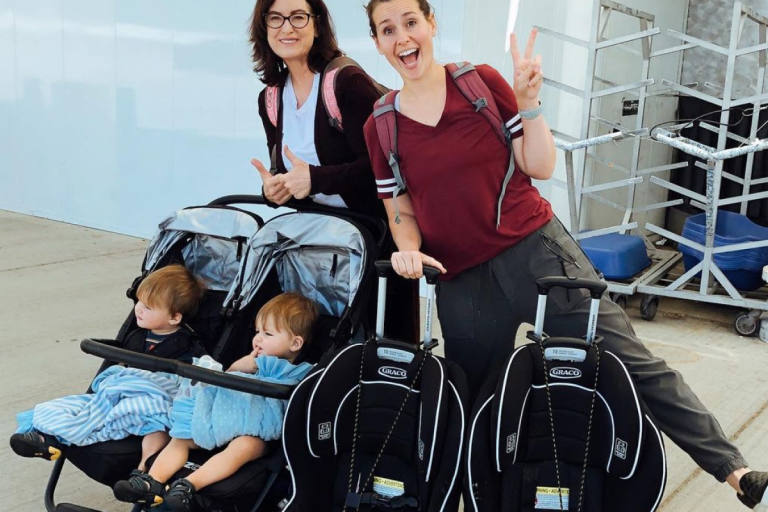 A trip with a child is a doubly fuss, as children endure the wait and the road is more difficult than adults. Well, a flight with a baby runs the risk of turning into hell if you don’t prepare properly in advance. Tengri Travel has collected for you the basic and most important information about flights with young travelers. nine0004
A trip with a child is a doubly fuss, as children endure the wait and the road is more difficult than adults. Well, a flight with a baby runs the risk of turning into hell if you don’t prepare properly in advance. Tengri Travel has collected for you the basic and most important information about flights with young travelers. nine0004
At what age can you fly? Airlines are listening to the recommendations of the World Health Organization. In the first 48 hours of a child's life, they are not allowed on board; officially, newborns can fly by plane seven days after birth. But some airlines may have their own rules and exceptions. Therefore, we advise you to find out all these questions in advance by directly calling the call center of a particular airline. Of course, in each case it is necessary to obtain permission from a doctor, at the airport, by the way, they may be asked to present this certificate, so do not forget to take it with you. nine0004
So let's start with preparation.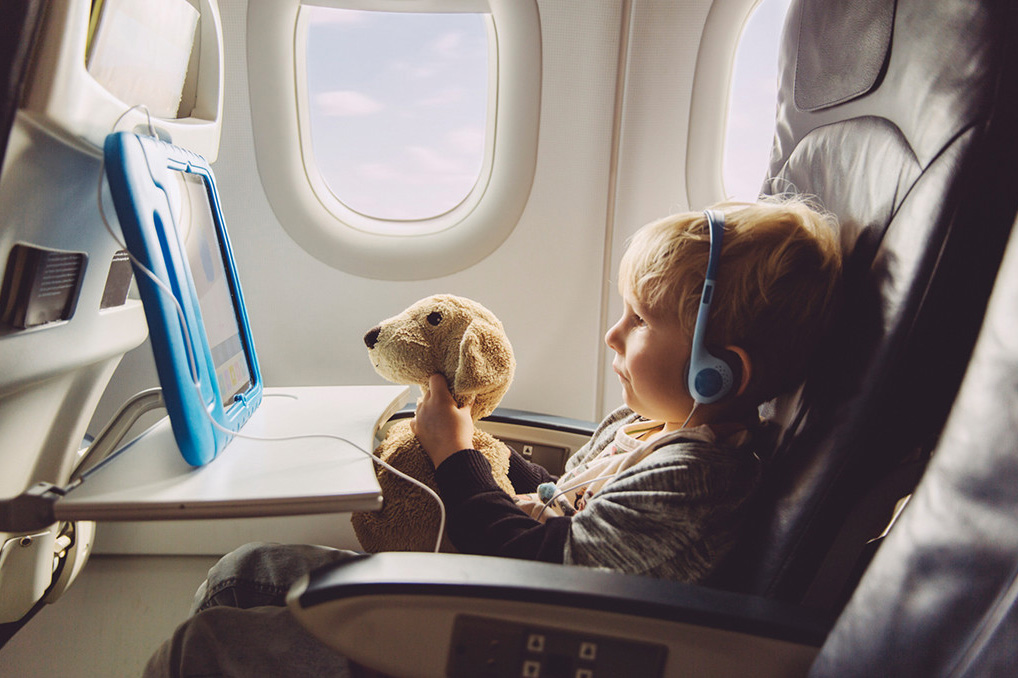 First of all, and before booking tickets, try to contact the airline to clarify all your questions, warn about a small passenger and find out the details. In this case, the airline can help you find the most comfortable seats.
First of all, and before booking tickets, try to contact the airline to clarify all your questions, warn about a small passenger and find out the details. In this case, the airline can help you find the most comfortable seats.
Infant tariff (infant) - for children from zero to two years. Children travel without a seat, in the arms of an adult. If the trip is not very long, then parents, as a rule, refuse an extra seat for the newborn, you can simply hold it in your arms. For a baby sitting on an adult's lap (if he can already sit), the stewards will provide an additional seat belt that mom (or dad) can fasten him during takeoff. If the newborn is very small, you can take a car seat with you on the plane, in this case it would be advisable to book an extra seat so that you can fasten it with a seat belt during takeoff and landing. Most often, for an infant, ten percent of the ticket price for an adult is paid extra. Some airlines provide free flights. nine0004
nine0004
Children's tariff - for children aged 2-11. As soon as babies turn two years old, they start traveling at the child (child) fare, which is 50-75 percent of the adult fare. It involves a separate seat for a small passenger, as well as baggage check-in according to adult standards. The child rate also applies to children under two years of age if parents purchase a separate seat for them.
Children over 12 years of age fly at full price but may qualify for special airline youth fares, if available. nine0004
If you are flying abroad with a child, do not forget to make a separate passport for the little traveler in advance, and also take care of visas. If the child is traveling with only one of the parents or with another relative, check what documents and powers of attorney are needed to pass the border.
At the airport. Arrive early to check-in to avoid the queues and get the best seats, feel free to ask to skip the line. Sometimes the airport staff themselves offer to do this, sometimes you need to ask yourself, in any case, the probability of refusal is minimal. Almost every airport has a children's room. There you can find comfortable chairs for feeding, changing tables, a microwave and a playpen. If time allows, be sure to look there, you can relax after the queues and checks. Airplanes on long flights have toilets designed for diaper changes. There may be children's coloring kits on board - ask the flight attendants about this. nine0004
Sometimes the airport staff themselves offer to do this, sometimes you need to ask yourself, in any case, the probability of refusal is minimal. Almost every airport has a children's room. There you can find comfortable chairs for feeding, changing tables, a microwave and a playpen. If time allows, be sure to look there, you can relax after the queues and checks. Airplanes on long flights have toilets designed for diaper changes. There may be children's coloring kits on board - ask the flight attendants about this. nine0004
On the plane. Takeoff and landing are the most unpleasant moments. We all experience discomfort caused by pressure differences during altitude changes. If the child has a stuffy nose or problems with the ears, then the discomfort will only intensify, so consult your doctor in advance about special drops. It is more comfortable for babies to spend this time with their mother in her arms with a pacifier or a bottle. Older children need to swallow from time to time. At this time, lollipops or juices work flawlessly. Bright books, coloring books, cartoons or games on the tablet will help you keep your baby in place for the required time. nine0004
At this time, lollipops or juices work flawlessly. Bright books, coloring books, cartoons or games on the tablet will help you keep your baby in place for the required time. nine0004
What you are allowed to take on the plane. Suitcase. Even if a baby flies in the arms of an adult, he is entitled to a piece of luggage. A children's suitcase can weigh up to 10 kilograms, and the sum of its length, width and height should not exceed 115 centimeters. A small suitcase for hand luggage is suitable: the requirements for them are the same.
Stroller. In addition to a child's suitcase, you can take your own stroller on the flight. There are few requirements: weight up to 20 kilograms and lack of factory packaging. If you bought a new stroller while traveling, be sure to unpack it. At the check-in desk, the chassis and carrycot of the stroller will be marked with special tags - DAA, Delivery at Aircraft. Such a stroller is checked in as baggage at the gangway or in the aviation sleeve. They return it at the door of the plane or with the rest of the luggage - it all depends on the airport. nine0004
They return it at the door of the plane or with the rest of the luggage - it all depends on the airport. nine0004
First aid kit when traveling with a child must be stocked in advance with the medications the child is currently taking, if necessary, as well as specific medications that may be required during the flight: nasal drops to prevent stuffy ears, indigestion and antipyretics. Hand luggage must contain disinfectant wipes or gel. This is what you need to take on board, and keep drops on hand to bury before takeoff and landing. For further rest, provide drugs, taking into account the characteristics of the region where you are going (tropics, mountains, and so on), it is advisable to discuss all medications with your doctor and take all the certificates and pharmacy checks with you. nine0004
Baby food must be prepared in advance and taken from home, even if the carrier provides a service for ordering baby food on board. The baby may want to eat before departure, and takeoff may be delayed.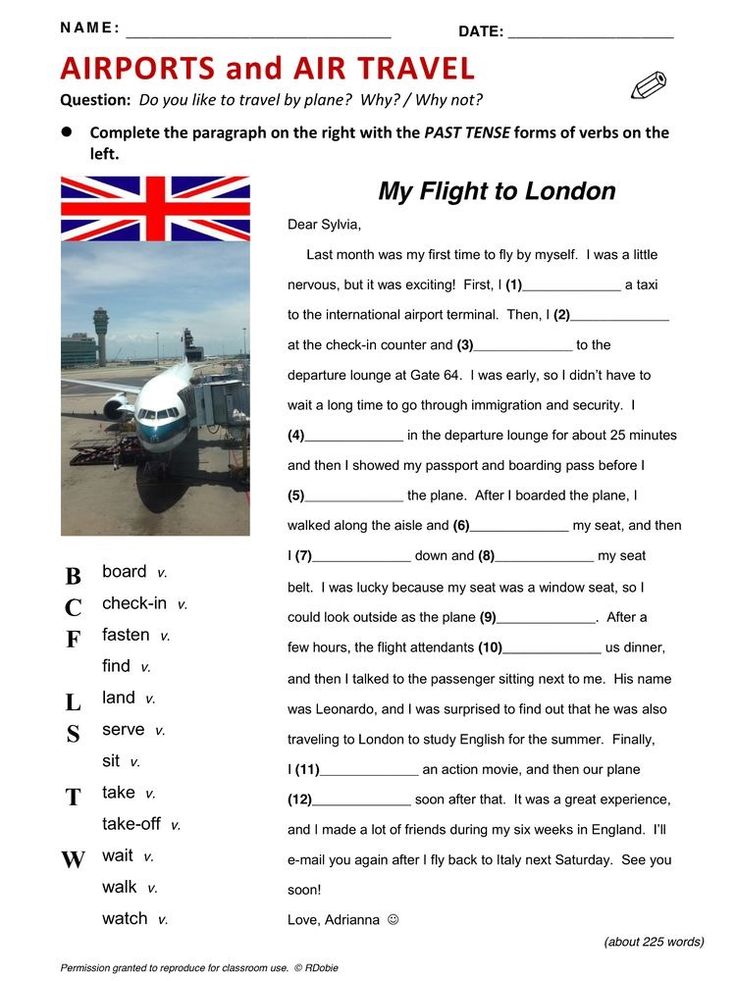 Do not be afraid to take liquids on the plane. Their screening will be thorough, but jars for children are almost always allowed on board.
Do not be afraid to take liquids on the plane. Their screening will be thorough, but jars for children are almost always allowed on board.
Take a few sets of clothes with you. It should be light, comfortable, without chafing seams. Shoes should be easy to put on and take off. It can be hot or cold on the plane - think about this moment. Take a change of clothes for the child and a t-shirt for yourself. nine0004
If you are afraid that your baby will destroy the whole plane, and at the same time the psyche of the passengers, then you can try to spend all his energy before the flight. Wake him up not just before leaving for the airport, but much earlier. In the waiting room, do not sit in armchairs, but walk, go to the playground. Follow these simple rules, and a rosy-cheeked and slightly tired baby will enter the plane, who, of course, will get worried before takeoff, but then fall asleep very quickly.
In general, the best thing you can think of for a child on a trip is to play a real adventurer, explore the country or city you are going to.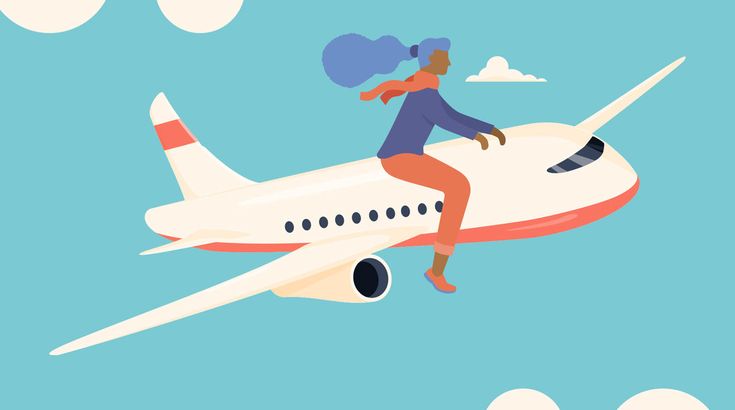 Let him fall in love with airports, excursions, new dishes, an unusual language and other delights of the road from childhood. nine0004
Let him fall in love with airports, excursions, new dishes, an unusual language and other delights of the road from childhood. nine0004
You can buy air tickets at the most reasonable prices and with a minimum waiting time between flights on the Aviata.kz website. Tourists who plan their own trips will be able to save search time and will be able to compare different price offers on one site and choose the tickets that are most affordable in terms of price and conditions. Aviata.kz not only sells tickets, but also shows the cost of tickets on other sites, if they are cheaper.
The material was prepared with the support of Aviata.kz
How to fly with a child: rules for comfortable travel | Useful information
Airplane is one of the safest and most comfortable ways to travel around the world. However, many parents are afraid to fly with their children, considering air travel difficult and inconvenient.
We declare - it is not so! Today we have prepared tips for you on how to fly with children so as not to cause inconvenience to them, yourself and others.
We assure you that our little tricks will help you exhale and look at air travel with the enthusiastic eyes of your child. nine0004
How to fly with a child: how much does it cost
As with many other modes of transport, plane tickets for children are cheaper than for adults. Airlines apply special fares for children:
- Tariff infant (infant) - for children from 0 to 2 years. Children travel without a seat, in the arms of an adult.
Baggage "infants" may not be relied upon - at the discretion of the airline. But the stroller is almost always transported free of charge. nine0091 In some cases, children under 2 years old can travel without paying, most often on domestic flights of airlines. In this case, all luggage is with an adult. - Child tariff (children) - for children 2-11 years old . As soon as babies turn 2 years old, they start traveling on the Child fare, which is 50-75% of the adult fare.
It involves a separate seat for a small passenger, as well as baggage check-in according to adult standards . But this rule applies only to scheduled flights. nine0011
The Child rate also applies to children under 2 years of age if parents purchase a separate seat for them. - Children over 12 years of age fly at full price but may qualify for special airline youth fares, if available.
How to fly with a child: documents for crossing the border
If you are traveling with a child abroad, check the list of documents required for departure. For children under 16, the standard list of documents looks like this: nine0004
- Child's birth certificate.
- Permission to leave from parents or one of them, certified by a notary - if the child leaves without being accompanied by parents or one of them.
- Child's travel document.
- Visa - if necessary.
Children over 16 only need a travel document and a visa.
How to fly with a child: planning, airport, check-in, plane
Traveling by plane is an exciting event for both the child and his parents. But if the excitement of the child is joyful, then the parents experience real stress. Follow our rules to stay calm and collected.
- Book your tickets in advance. So you can choose the best seats. In addition, some airlines limit the number of young children on board. Make sure to be among them. nine0088 Choose less crowded flights. People rarely sit down with parents with children unless absolutely necessary.
- Fly in the morning. In the morning, children are traditionally in a better mood, which means they behave better.
nine0093
- Be the first to check-in and board. Check in as early as possible to avoid queues and get the best seats.
- Choose bright colors. Dress your children brightly and it will be easier for you to find them in the crowd.
- Feel free to ask. Ask staff at check-in not to seat people next to you if possible. Ask your neighbor to switch places with you.
Ask the flight attendant to heat up water for you to eat. Ask to give way to you at customs control. You will be surprised how much people are willing to do for travelers with children. nine0093 - Use children's facilities. Almost every airport has a children's room, a feeding and changing room. Airplanes on long flights have toilets designed for diaper changes. There may be children's coloring kits on board - ask the flight attendants about this.
The fewer people on the flight, the more likely it is that your baby will be able to get a separate seat even without a purchase.
During the holiday season, finding a less crowded flight is not easy, but be aware that Tuesday, Wednesday and Thursday are less popular days for flights.
How to fly with a child: what to take on a plane
In order for your child to feel good during the flight, you need to meet all his needs. He should be full, he should not be scared, bored or uncomfortable. Think in advance of the list of things that you will take on board, or use our tips. nine0004
- Clothes. Clothing should be light, comfortable, without chafing seams. Shoes should be easy to put on and take off. It can be hot or cold on the plane - think about this moment in clothes. Take a change of clothes for the child and a t-shirt for yourself.
- Food. Many airlines offer a children's menu on their flights - this should be ordered when buying tickets. But we still recommend bringing fruit, lollipops and biscuits with you. nine0093
- New toys. Buy a toy in advance and take it with you. New fun can keep the child longer.
- Shields - yes . Even if you don't like spending time in front of the computer, bring along a tablet with toys, a DVD player with cartoons, or let your kids watch TV on the plane without restrictions.
- Wet wipes. They will help fight sudden stains.
- Scarf and pins. nine0011 By pinning the ends of the scarf to the seat backs, you can isolate yourself from other people and help your child fall asleep.
- Medicines. An airplane is a crowded place, which means that your child can catch an infection that will quickly reveal its symptoms. Therefore, grab a first aid kit with antipyretic, antihistamine and other necessary drugs in your hand luggage.
How to fly with a baby: when to start flying
nine0002 Many parents are afraid to fly with babies. However, we dare to assure - many people decide - and are satisfied.Experienced travelers with children say that flying with babies is much easier and more convenient than with restless three- or four-year-olds.
Within 8-10 days after birth, most airlines are ready to accept a small traveler on board. The airline may require a doctor's note to allow the newborn to fly, so find out the requirements in advance. nine0004
Some airlines, such as British Airways, make it possible to book a seat on a flight for unborn children - with the need to clarify all the information after birth.
How to fly with a baby: how to order carrycot
Babies fly without a seat - on their parents' laps. By default, parents are given seat belts with which the child is fixed in the arms of an adult. Needless to say, such belts are not to the taste of children. nine0004
A regular carrier or sling can do a good job. In them, the child can sleep comfortably for the entire flight.
Some airlines offer cribs for babies, which must be booked in advance. Also check if the airline allows you to take your car seat on board the aircraft and check the requirements for it.
How to fly with a baby: stroller
As a rule, airlines allow you to take a stroller with you, even if the baggage check-in is not provided for by the fare. nine0004
The stroller can be checked in as baggage at check-in or handed over to flight attendants when boarding the plane. In the second case, the stroller will be returned to you immediately after leaving the aircraft at your destination.
The stroller is transported free of charge, but be sure to check if there are requirements for the dimensions and maximum weight of the stroller.
How to fly with a baby: solving the problem of ears
During takeoff and landing, due to pressure changes, small children often cry and complain of ear pain. nine0004
To help your baby avoid discomfort, offer him a breast, a bottle of water or juice. Older children can sip water from a cup or cup or suck on a lollipop.
How to fly with a baby: food on the plane
Even in conditions of limited liquid transportation, parents of babies should not worry. You can take breast milk bottles, formula, water, juice or compote on the plane.
nine0002 However, try to keep the amount of food in line with the duration of the flight - do not overfill. Put the child's food in a separate bag and be sure to tell about its availability at the screening at the airport.

